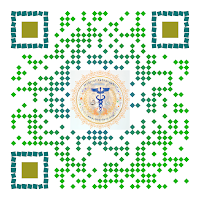Tongue Pathology
Geographic tongue, fissured tongue, and hairy tongue are the most common tongue problems and do not require treatment. Median rhomboid glossitis is usually associated with a candidal infection and responds to topical antifungals. Atrophic glossitis is often linked to an underlying nutritional deficiency of iron, folic acid, vitamin B12, riboflavin, or niacin and resolves with correction of the underlying condition. Oral hairy leukoplakia, which can be a marker for underlying immunodeficiency, is caused by the Epstein-Barr virus and is treated with oral antivirals. Tongue growths usually require a biopsy to differentiate benign lesions (e.g., granular cell tumors, fibromas, lymphoepithelial cysts) from premalignant leukoplakia or squamous cell carcinoma. Burning mouth syndrome often involves the tongue and has responded to treatment with alpha-lipoic acid, clonazepam, and cognitive behavior therapy in controlled trials. Tongue lesions of unclear etiology may require biopsy or referral to an oral and maxillofacial surgeon, head and neck surgeon, or a dentist experienced in oral pathology.
Recognition and diagnosis of tongue abnormalities require examination of tongue morphology and a thorough history, including onset and duration, antecedent symptoms, and tobacco and alcohol use. A complete head and neck examination, with careful assessment for lymphadenopathy, is essential.
Satyendra Dhar MD,






.jpg)
.jpg)









